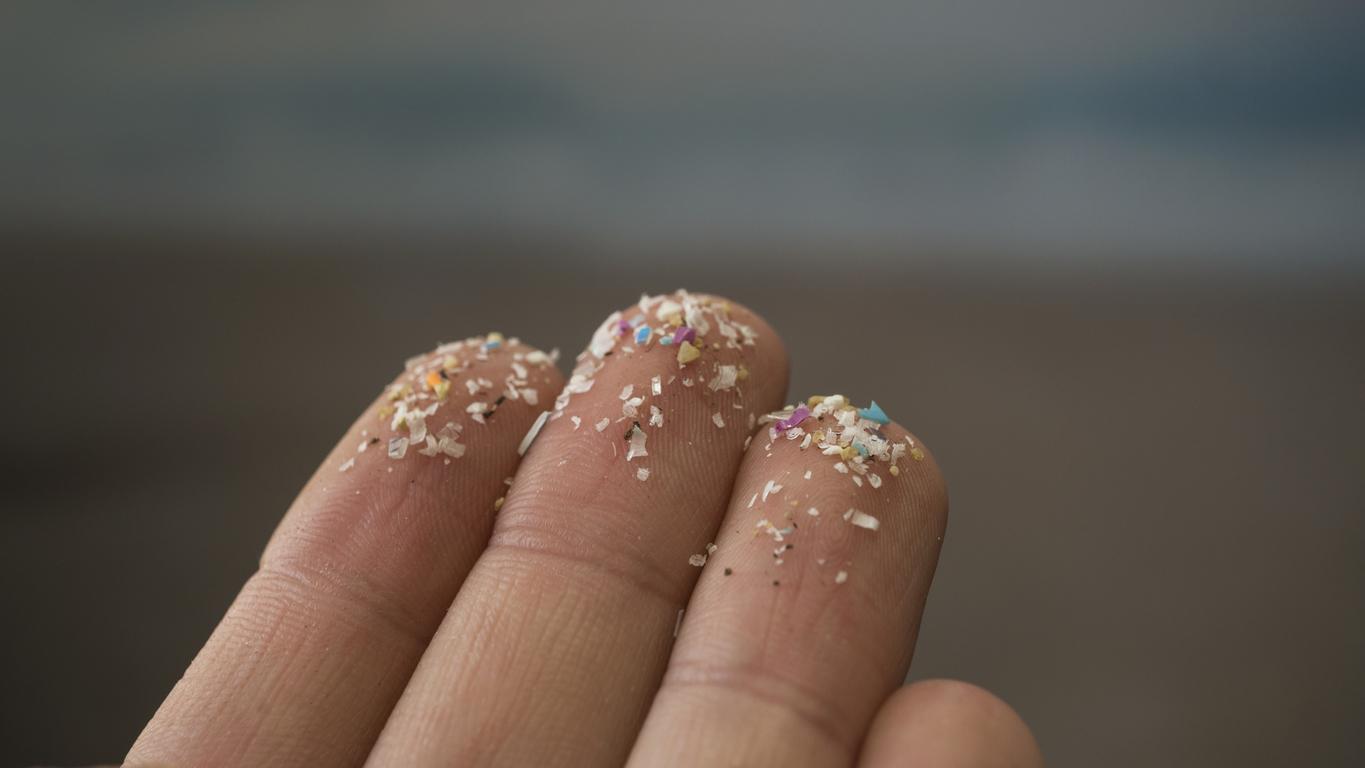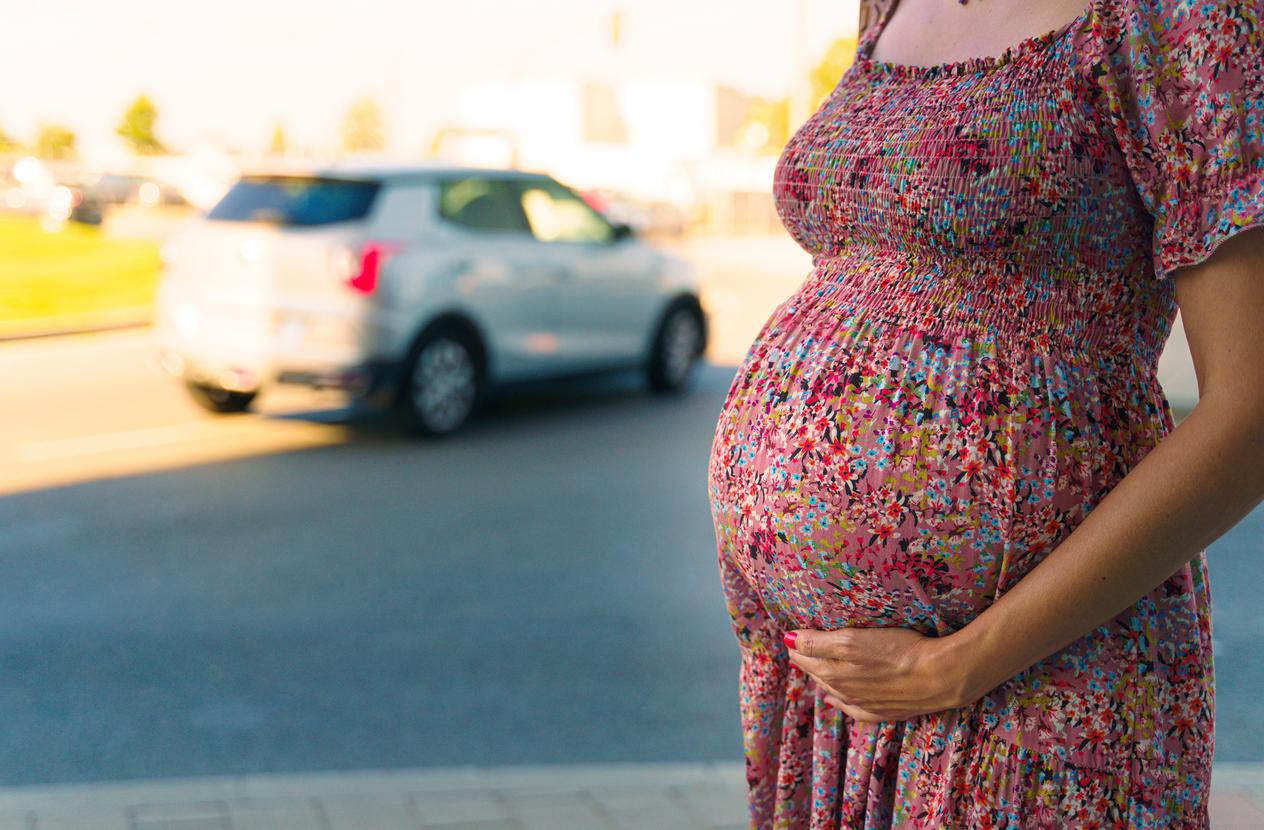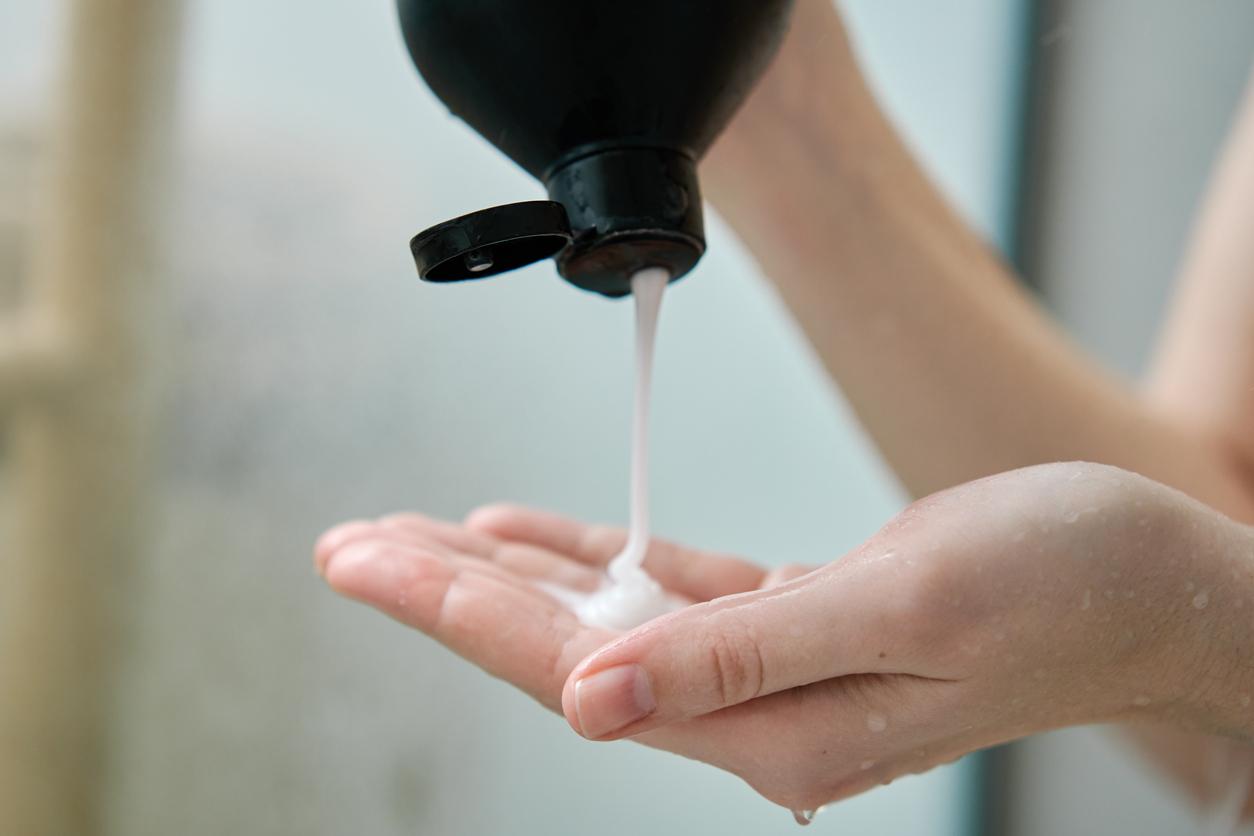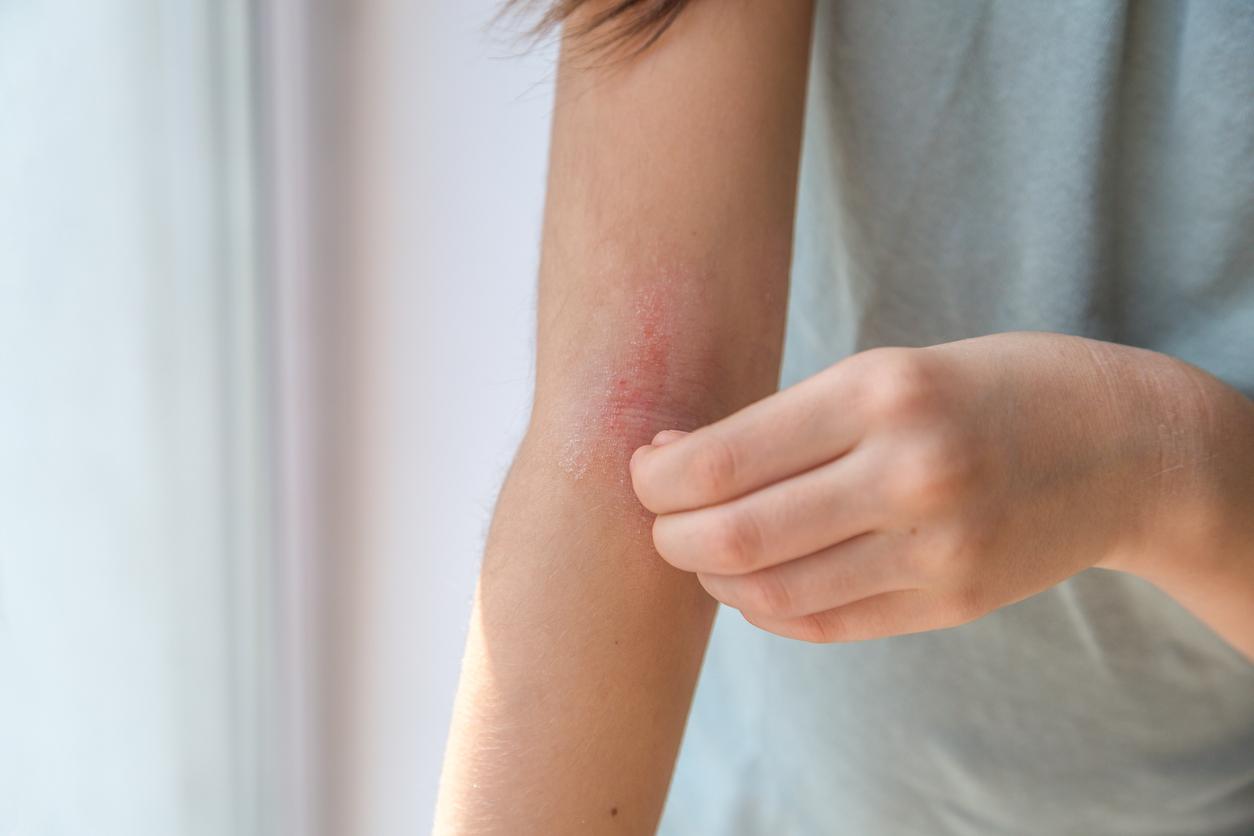A team of researchers in the United States reveals that the air we breathe can expose us on a daily basis to chemical substances toxic to our health: plasticizers.

- Plasticizers are omnipresent in our environment, from shower curtains and garden hoses to food cans and furnishing textiles. And, according to a new study, in the air we breathe in Southern California.
- Researchers at the University of California Riverside have highlighted the presence in the air not only of ortho-phthalates, banned in certain children’s items and cosmetics due to their harmful effects on health, but also their substitutes, called non-ortho-phthalates.
- Among plasticizers, DiNP and DEHP are known to promote cancer, birth defects or other reproductive harm. “No matter who you are or where you are, your daily level of exposure to these chemicals is high and persistent.”
“It’s not just straws and plastic bags.” A new study, published in the journal Environmental Researchis sounding the alarm about the levels of certain toxic chemicals, called plasticizers, to which residents of Southern California, in the United States, are exposed daily.
These compounds, commonly used to make materials more flexible, are omnipresent in our consumption and our environment, from shower curtains and garden hoses to food cans and furnishing textiles. And, according to this study, everywhere in the air across the Atlantic.
The presence of plasticizers in the air of Southern California
Some of these plasticizers, ortho-phthalates, have been banned in certain children’s items and cosmetics due to their adverse health effects. But what about the effects of their substitutes, called non-ortho-phthalates? Researchers at the University of California Riverside have highlighted the presence, in Southern Californian air, of both old plasticizers and their replacements. “We didn’t expect this. The levels of these chemical compounds are through the roof”can we read in a press release of the university.
As part of their work, the scientists recruited students to wear silicone bracelets designed to absorb chemicals from the air for several days in 2019 and 2020. In total, ten plasticizers could be identified. And for each gram of bracelet analyzed, the team found between 100,000 and 1 million nanograms of phthalates, including three at particularly worrying concentrations: DiNP, DEHP and DEHT.
DiNP and DEHP, which are on the list of California Proposition 65 listing substances dangerous to health, are known to promote cancer, congenital malformations or other reproductive disorders, as also recalled Public health France. DEHT, for its part, was introduced as an alternative to more toxic plasticizers, but its effects on human health remain unknown.
Airborne plastic chemical levels shock researchers. Read more ⬇️ @UCRCNAS @NIEHS https://t.co/sCjkox7PRY
— UC Riverside (@UCRiverside) October 2, 2024
Rethinking the use of plastics to reduce pollution
Worryingly, researchers found that levels of these plasticizers in California are comparable to those found in similar studies conducted on the East Coast of the United States, despite climatic differences. In other words, pollution from these chemicals is widespread: “No matter who you are or where you are, your daily level of exposure to these chemicals is high and persistent.”
It is by evaporating into the air that plasticizers infiltrate our everyday environments, degrading our quality of life and, potentially, our health. According to scientists, it seems more urgent than ever to reduce the use of plastics in the hope of reducing this pollution. “But the only way to reduce their concentration in the air we breathe is to reduce our production and consumption of plastics.”















